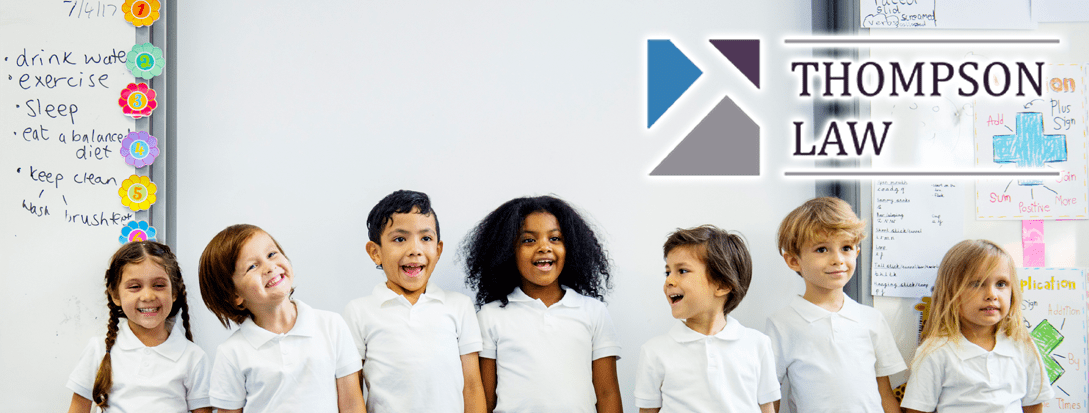IDEA stands for The Individuals with Disabilities in Education Act. It is designed to ensure that children with disabilities have access to a quality education and that the education is appropriate to their disability.
Read on to learn what exactly IDEA is and the rights it affords you and your child.

IDEA helps schools build increasingly diverse classrooms.
What is IDEA?
Congress passed IDEA in 1975. They designed the legislation to give free appropriate public education to children with disabilities. The act covers children from birth all the way until high school graduation or age 21, whichever comes first.
IDEA provides for early intervention services from birth to age 3, which transitions into special education classes once a child starts attending school.
Who does IDEA cover?
The IDEA legislation covers 13 different categories of disabilities.
Two of the categories are umbrella terms: “specific learning disability” and “other health impairment”. These umbrella terms cover conditions from dyslexia to ADHD. These terms are what the majority of students who qualify for IDEA coverage fall under.
IDEA also covers sensory disorders of all sorts. Sensory disorders include visual and hearing impairment of all degrees, including full deafness and blindness. The act additionally provides for deaf-blindness.
Emotional disturbance is almost an umbrella term, considering it covers pretty much all mental health-related issues. From depression, to OCD, to schizophrenia, they are all covered by IDEA.
The legislation also covers Autism Spectrum Disorder, taking into account social, communication, and behavioral struggles. Additionally, the act covers speech and language impairments (like a stutter), intellectual disabilities (such as down syndrome), orthopedic impairments (an example is cerebral palsy), and traumatic brain damage.
The thirteenth category of disabilities covered by IDEA is the “multiple disabilities” category.
How Does a Child Qualify for Assistance?
First, a child must be diagnosed with a condition that falls into one of the thirteen above categories. While the IDEA legislation starts at birth, the diagnosis does not have to happen then. A child can be diagnosed up to the cut off time (high school graduation or age 21) to qualify.
The other component of assistance is that the disability must be impairing the child in school. For example, if a high school student is struggling with depression, it may never impact their schoolwork. However, mental illness may greatly impact other students, and they would qualify for assistance.
After this process, it is time for you to step in. You will sit with a special team at the school – normally composed of relevant teachers, administrative representation, and yourself – to build something called an Individualized Education Plan. An Individualized Education Plan, also known as an IEP, is a legal document that lays out the accommodations a child needs as well as the ultimate goals that those accommodations are trying to help them reach.

